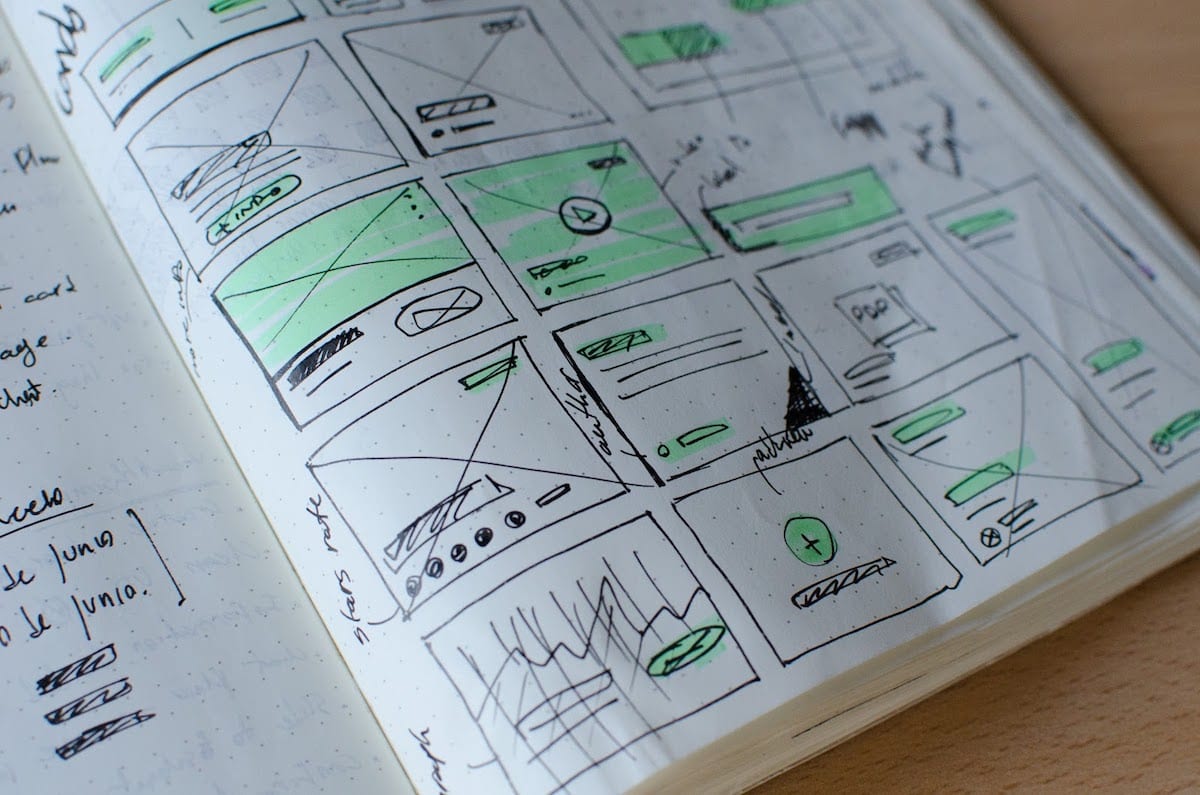As a discipline matures, it begins to spawn ever-more-subtle subdisciplines corresponding to finer and finer distinctions between different kinds of tasks. From the outside, it can be hard to appreciate the characteristics which distinguish subdiscipline A from subdiscipline B, a fact which you can appreciate if you’ve ever suffered through friends arguing about the minutiae of a game you’ve never played before.
But as you begin to explore a new field, uncovering the hidden structure of its components is not just rewarding, it’s also a key step on the path to achieving competence in that field.
Web development has been around for some time, and in the decades since computers and webpages became things everyone interacts with, we’ve learned a lot about what goes into making tools and entertainment people actually want to use.
This field of ‘design’ has at least two recognizable parts: User Interface (UI) design and User Experience (UX) design. While they may seem to be identical, they actually focus on different aspects of the interaction between humans and machines and require different skills.
Today we’re going to discuss what these differences are.
What Is User Experience Design?

User experience design is the entire process of creating products that furnish enjoyable, meaningful experiences to end users. Like the term ‘data science,’ it covers a broad range of activities and concerns, including functionality, usability, branding, design, integrating a product with others, and more.
Don Norman, who coined the term ‘user experience’, went as far as to say that a product is not best conceptualized as a single physical or digital product with which a user interacts, but instead as a ‘…cohesive, integrated set of experiences’.
What this means is that a UX designer will concern herself with every experience a user might have with her product, including initially hearing about the product, acquiring it, using it, and troubleshooting it when problems arise.
What Is User Interface Design?

In his astonishing, book-length essay “In The Beginning Was The Command Line”, science fiction author Neal Stephenson uses a variety of colorful metaphors to describe the difference between interacting with a computer through the command-line interface (CLI) and interacting with a computer through a graphical user interface.
Most of us are so accustomed to using a ‘mouse’ to click on ‘icons’ that we forget how far away this takes us from the actual underlying processes. As with anything else, there are tradeoffs to Graphical User Interfaces (GUIs). Modern GUIs make using a computer much more intuitive, but they’re also far less powerful and flexible than the CLI. The CLI, in turn, which takes a lot of time to understand.
These are exactly the kinds of things UI designers worry about. They want to make sure that menu layouts are are intuitive, that functionality exists for solving common problems, and that failures are graceful.
How Are UX Design and UI Design Different?

UI design is a subset of UX design. UI designers are more focused on what happens when a user sits down with their product, while UX designers pull back and look at the entire process by which a user comes to have a product in the first place.
Both fields are fascinating and important, and hopefully with this information you can decide which one makes more sense for you!
For anyone interested in design as a possible career choice, you can also check out our resources on building a UI portfolio or learning UI Design online.
About us: Career Karma is a platform designed to help job seekers find, research, and connect with job training programs to advance their careers. Learn about the CK publication.



